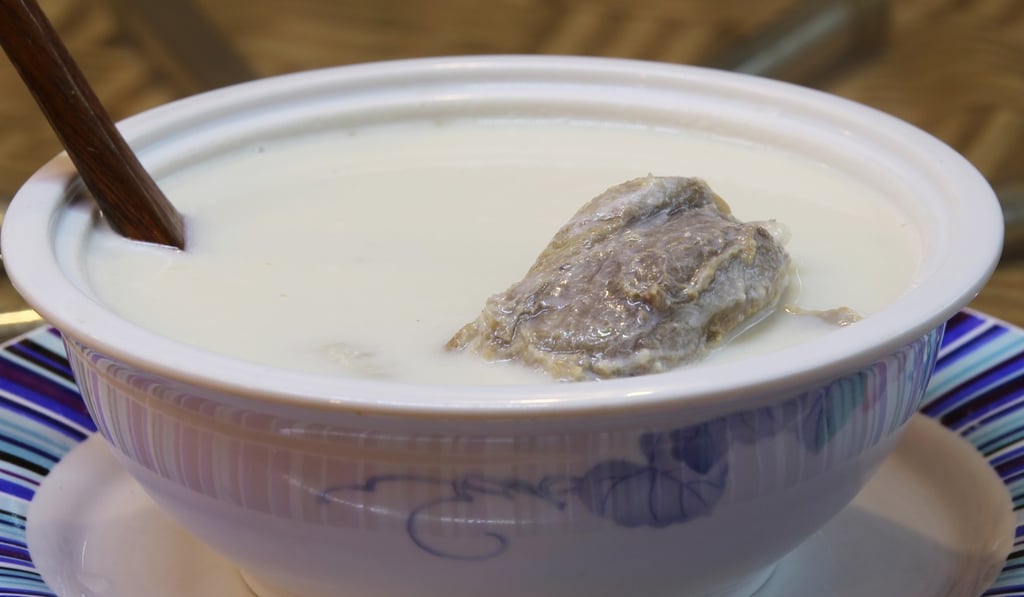The Hakka cuisine in Hong Kong that brings diners to tears, and why restaurants serving it may be on borrowed time
Poverty forced Hakka people to be creative cooks, and the result was salty, rich and hearty dishes that reinvigorated the body. While the cuisine is still popular in Hong Kong, chefs are unsure how long Hakka culture can endure

In days past, they were treated as outsiders by the societies they lived in. Today, their food and gastronomy are firmly on the map of Chinese culinary culture.
They are Hakka – a word that means “guest families”. In the past, Hakka people were largely Han Chinese migrating from the north of China to the south, fleeing war and poverty.
Shenzhen village plays host to Hakka descendants – including Jamaican/African Americans
An estimated 65 per cent of the world’s Hakka people now live in Hong Kong and southern China’s Guangdong province, with other sizeable communities in Fujian and Taiwan. Hakka have spread to every corner of the world, from Malaysia, Indonesia and Singapore to North America and Europe.
The Hakka dishes cooked in those places are mostly modified, having been fused with local cuisines. The Hakka Cookbook: Chinese Soul Food from Around the World by Linda Lau Anusasananan attests to the wild variation in Hakka recipes.
Most Hakka people used to live off the land. After toiling in the fields, they needed a high-sodium diet to reinvigorate themselves. This shaped the characteristics of Hakka dishes – salty, rich and hearty, but also frugal to counter inconsistent food supply.

Hakka people migrated from China to Hong Kong in search of a better life. Most settled in the New Territories, where they built walled villages to protect themselves against attack by other Hakka clans or locals.